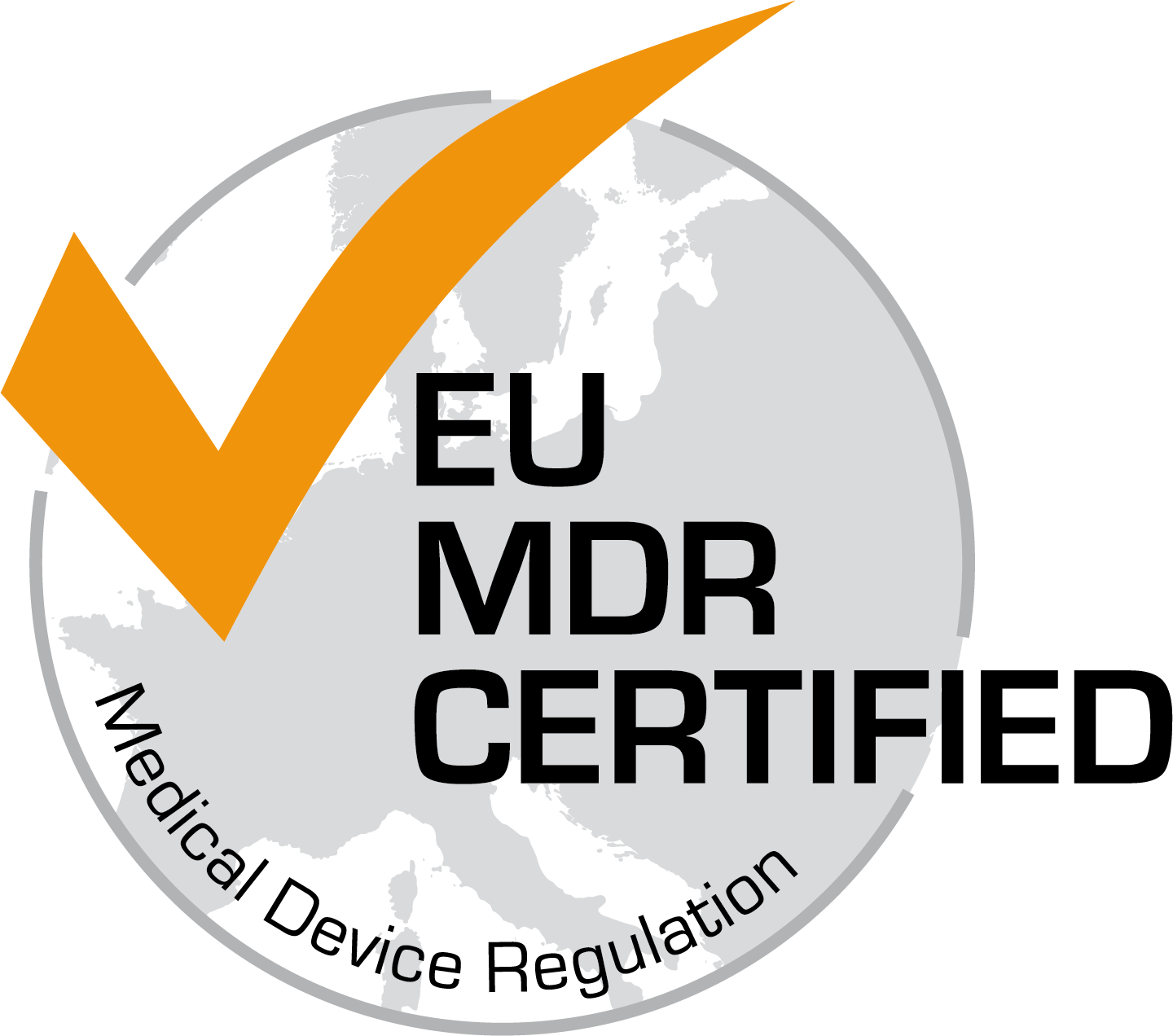
In 2021, a year distinguished by the COVID-19 pandemic, the importance of hand hygiene is more evident than ever before as it is one of the most effective measures to reduce the spread of pathogens including the SARS-CoV-2 virus.
Information
Healthcare-associated Infections (HAIs), in particular those caused by multi-resistant bacteria, are the most common and serious complication in healthcare; particularly in relation to the effects of the progressive introduction of new healthcare technologies, of increasingly invasive and aggressive diagnostic medicine practices and of the increased symptomatology and clinical severity of hospitalised patients. This significant challenge for Public Health, however, is not limited to
hospitals but also affects various care facilities regarding the continuity of care and the implementation of primary care services.
Indeed, various factors affect the transmission of potentially pathogenic microorganisms during care practices, and their summative and sequential activity contributes to the transmission of infection with the resulting sequelae:
- the intrinsic characteristics of the microorganism (pathogenicity factors);
- the spread of pathogens;
- environmental contamination;
- the inadequacy of skin antisepsis practices (which favours microbial cross-transmission).
Most microorganisms present on the skin are, in fact, resident bacterial microflora (consisting of microorganisms that inhabit the different layers of the skin and rarely cause infections, protect the host from colonization of infectious agents and can reproduce even after vigorous washing with soap and water), alongside transient bacterial microflora (including microorganisms deposited on the surface layer of the skin following direct contact with patients, biological fluids and contaminated environmental surfaces). This transient microflora, which varies according to the type of contamination and occurs mainly during care practices, can be easily removed through careful hand washing using soap and water. Health workers’ hands are therefore the most frequent mechanical vector indicated in the scientific literature for the transmission of microorganisms. As such, it is clear that hand hygiene is one of the key principles for preventing infections, both in everyday social life and in health care environments.
To raise awareness on this delicate issue of public health, particularly among health workers, each year on May 5 we celebrate a day dedicated to the importance of hand hygiene as a preventive and often life-saving action.
May 5 has been chosen as World Hand Hygiene Day as the fifth day of the fifth month of the year, like five fingers on a hand, calls to mind the five fundamental moments of hand hygiene in health and welfare practices for all those who assist patients:
1) prior to patient contact;
2) prior to an aseptic manoeuvre (e.g., such as insertion of a catheter), to avoid pathogen inoculation;
3) following exposure to a bodily fluid (blood, secretions, open wounds, etc.);
4) following patient contact;
5) following contact with the environment and objects in the vicinity of the patient (sheets, gloves, gowns, etc.).
In 2021, a year distinguished by the COVID-19 pandemic, the importance of hand hygiene is more evident than ever before as it is one of the most effective measures to reduce the spread of pathogens including the SARS-CoV-2 virus.
For the current year, the World Health Organization has chosen the slogan “Seconds save lives- clean your hands”, urging all health organisations to participate actively and consciously not only in this important event but also, and above all, in regular health care practices and daily life.







